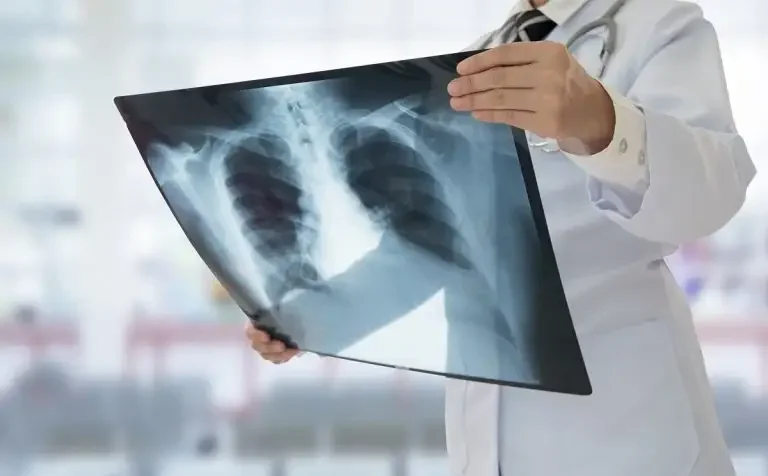Bilateral pleural effusion is an abnormal accumulation of fluid in the pleural space — the space between the lungs and the chest wall, said doctors
Reports of veteran actor Dilip Kumar’s health have been making news, and according to the latest update given by his family and his doctor Jalil Parkar — who is monitoring his condition — the actor has been diagnosed with “bilateral pleural effusion”, but his condition is currently stable.
To understand more about bilateral pleural effusion and what it does to the body, we reached out to doctors, and here is what they said.
“In simple terms, it means the collection of fluids around the lungs. It is very common in our country, seen in any age group. There, however, could be many causes leading to this fluid collection,” said Dr. Sulaiman Ladhani, chest physician at Wockhardt Hospitals in Mumbai.
He said that for younger individuals, inflammation or infection can cause the fluid to collect, mostly seen during pneumonia or tuberculosis. “As the age advances, the weakening of the heart can cause this — when the pumping is weak, the fluid tends to collect around the lungs. Sometimes, even problems in the kidney can lead to it,” Dr. Ladhani said, adding that any form of cancer, when it reaches the last stage, can lead to chronic fluid collection.
Signs and symptoms
The common symptoms usually are breathlessness, persistent dry cough, and if there is an element of infection, there may be fever. “Initially, the breathlessness occurs when there is exertion, but if the fluid increases, the person may feel breathless even while resting,” Dr. Ladhani said.
“Bilateral pleural effusion is an abnormal accumulation of fluid in the pleural space — the space between the lungs and the chest wall,” Dr. Preyas Vaidya, consultant-pulmonologist and sleep medicine expert, Hiranandani Hospital, Vashi — A Fortis Network Hospital, told this outlet.
While its risk factors include uncontrolled hypertension, left heart dysfunction, valvular disease, renal failure, low proteins due to chronic disease, and general debility, the disease can be diagnosed through X-ray and CT scan of the chest, the doctor added.
“Bilateral pleural effusion usually involves treatment of the underlying systemic cause. A commonly used group of drugs are diuretics, which increase urination and reduce the fluid amount in the body. Very rarely fluid drainage is required,” Dr. Vaidya explained.












